Squaring the circle: the making of the treasure box, by RDAI and Lanserring
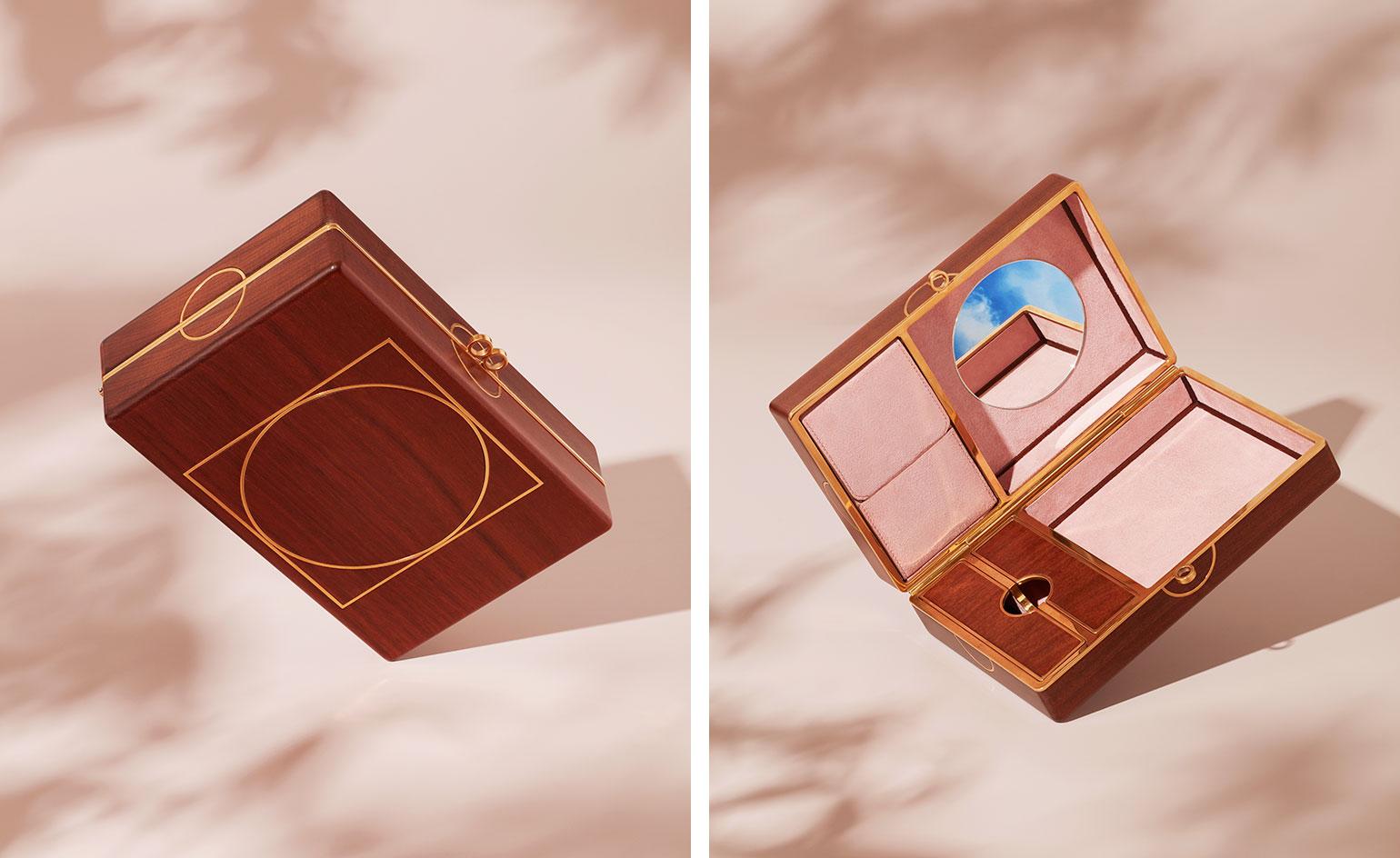
Perched high above the valleys of southern Austria, the formidable basalt structure of the 17th-century Riegersburg Castle towers above a tiny mountain village. It is in a small garage in the shadow of the imposing fortress that carpenter Johann Radaschitz established his joinery workshop in 1923, creating exceptional furniture from local walnut, oak, chestnut and cherry wood with the help of just one apprentice.
Today, Radaschitz’s great-grandchildren, Bernd and Johann, run the joinery business and head a team of 37 skilled craftsmen. Earlier this year, the brothers joined forces with design duo Andrew Hays (a former creative director of Smallbone and Poggenpohl) and Kimm Kovac (an interior architect and set designer) to establish a new brand, Lanserring. Drawing its name from an 18th-century woodcutter – who according to local folk legend still wanders the forest and protects villagers from hostile spirits – Lanserring leverages the time-honed craftsmanship of the Radaschitz workshop to deliver contemporary kitchen designs and lifestyle products on a bespoke basis. The brand is yet to be launched globally, but, eager to sample its exquisite wares, Wallpaper* persuaded Lanserring to create a piece for our Handmade exhibition at Milan’s Salone del Mobile.
We introduced the team to RDAI, a Parisian interior architecture studio led by artistic director Denis Montel and design director Julia Capp, which has created offices, workshops and retail locations for Hermès worldwide. It proved the perfect match, and we charged them with creating a ‘treasure box’ for small valuable items. ‘Right from the beginning, Lanserring were interested in everything we were interested in,’ explains Capp. ‘We wanted this to be piece you’d take to a desert island. Inside, you would have everything you consider essential.’ Responding to our theme of spirituality, the proportions of the box would follow the golden mean – a ratio, approximating 1:1.6180339, considered sacred in ancient civilisations, and applied in classical and contemporary architecture alike. Inspired by the minaudière, a clutch bag invented by Van Cleef & Arpels in the 1930s, the box would be divided into four smaller compartments.
Creating the piece tested the manufacturing capabilities of the Lanserring workshop, which is accustomed to working on larger products, such as pieces of furniture and kitchens. The woodworkers rose to the challenge, says Capp: ‘Lanserring weren’t afraid to work on that scale, on that level of detail.’
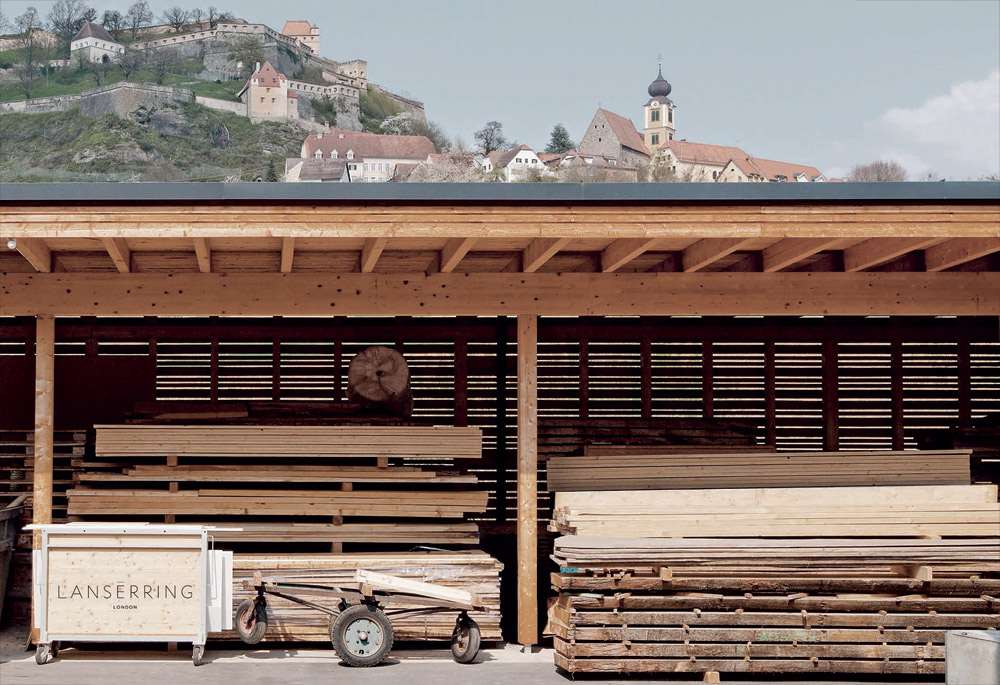
Timber reserves at Lanserring’s workshop, with the walls and gatehouses of Riegersburg Castle in the background.
The structure was hand-carved from a single piece of sustainable ironbark, which was selected for its warm, feminine colour. The lid is decorated with 24ct-gold inlays, in the shape of a circle inscribed in a square – the symbol of a perfect geometric relationship. (‘That was a tricky element,’ recalls Hays, noting that the wood had to be properly seasoned in order for the metal to fit without any gaps.) The box opens horizontally, using a pair of circular clasps, to reveal the compartmentalised interior, which is lined in pink kid suede. ‘Because of the mechanical, highly engineered precision work of the box, we wanted something soft and delicate on the inside of the lining’, says Hays. ‘We decided to let the wood come through a little bit in the radius corners, to keep the line running through the inside of the box.’ An inlaid mirror with a bevelled edge adorns the interior of the lid.
A late-stage addition came in the form of a pocket, crafted from the same suede. ‘It occurred to me, as the project evolved, to create this pocket for a precious item – a lucky charm or a piece of jewellery – that deserves extra protection,’ says Capp. Hays imagines the user detaching the pocket from the box, together with its contents, and slipping it directly into her handbag. RDAI devised a concertina mechanism that allows the pocket to maintain an elegant form while allowing easy access to its contents. From a manufacturing perspective, it meant minute folds, bends and stitching that required exceptional skill.
Due to tight time frames, communication between RDAI and Lanserring was strictly digital throughout the production process, save for a few material samples and a full mock-up in resin sent from Riegersburg to Paris. ‘We had many video conferences, calls and emails with Julia and Jacques-Elie (Ribeyron, the project designer at RDAI and Wallpaper* Handmade alumnus),’ remembers Hays. ‘But Julia and I didn’t meet until we were both in Milan for the Handmade exhibition, where, funnily enough, we found out that we had gone to the same architecture school in Australia.’
Both parties are immensely satisfied with their collaboration, so much that the box is now being developed for retail on WallpaperSTORE*. It certainly bodes well for Lanserring’s launch, which is due to take place in both Riegersburg and London this autumn. Capp, for one, is looking forward to it. ‘I would be very happy to work with them on other, even bigger projects in the future.’
As originally featured in the August 2017 issue of Wallpaper* (W*221)
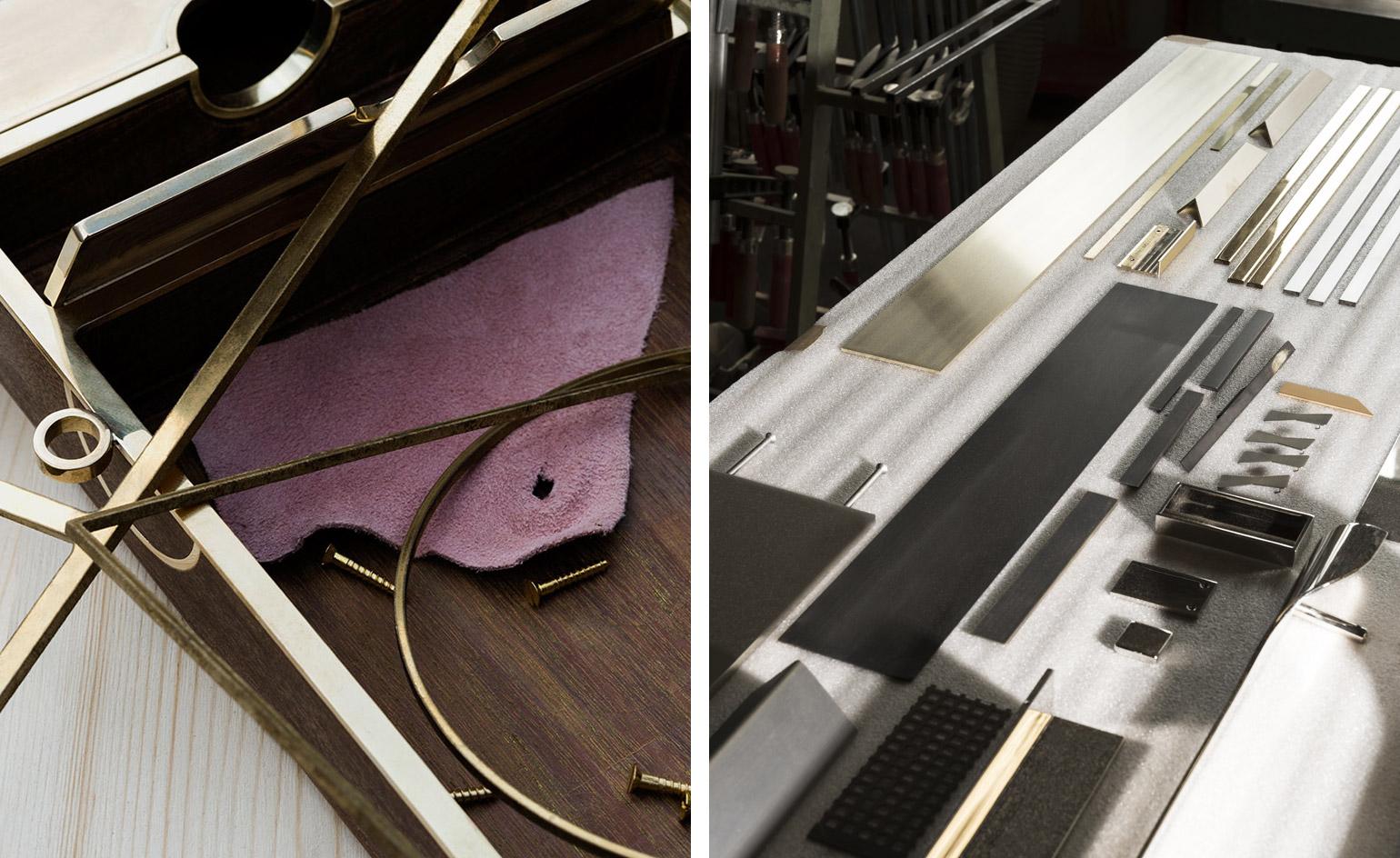
Left, the gold inlays and hinges before they are inserted on the box. Right, a selection of materials at Lanserring’s specialist metalworking department, where all the fine metalwork for the treasure box was done.
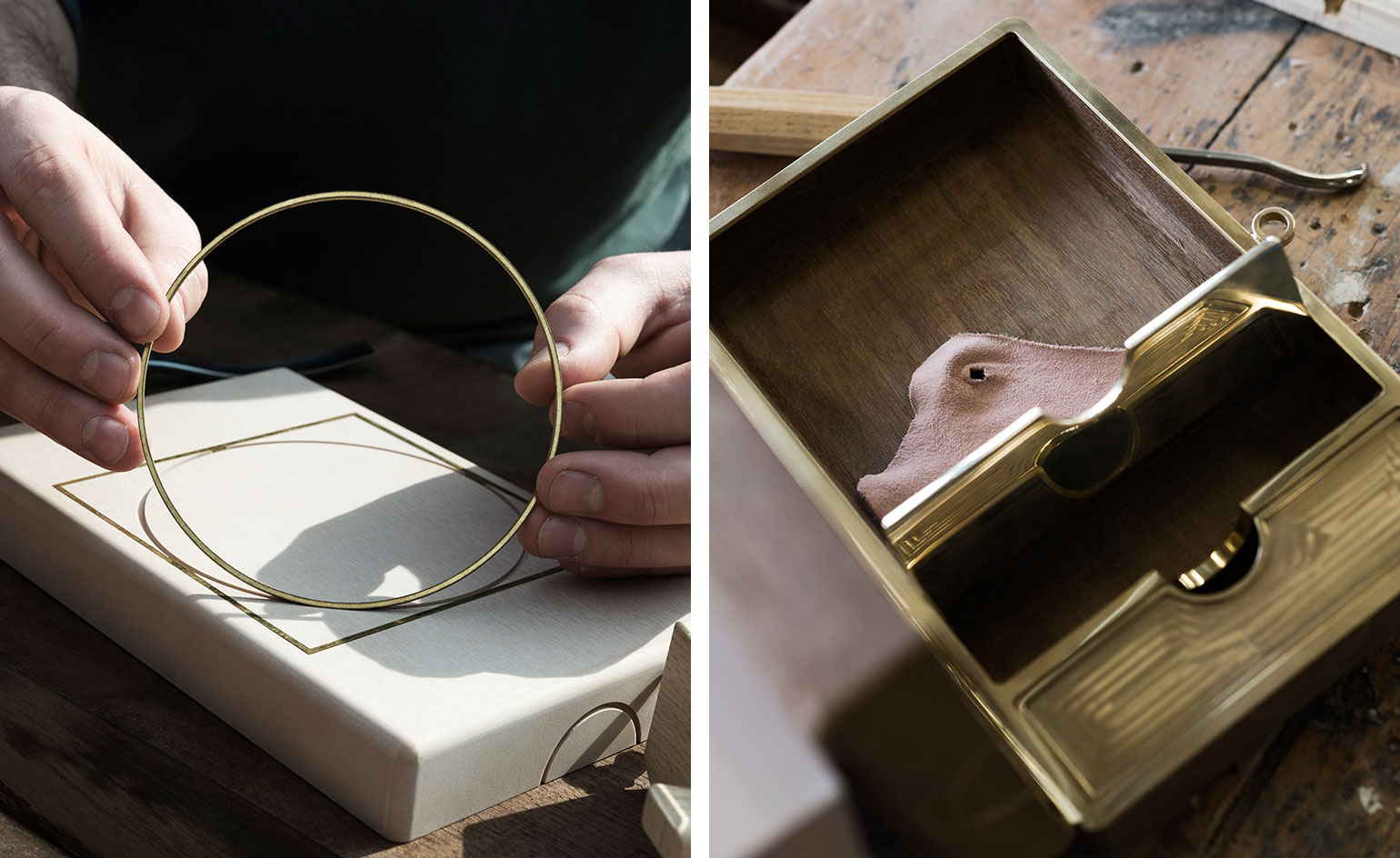
Left, inserting the circular gold metal inlay within the square on the lid. Right, the box prior to lining with suede.
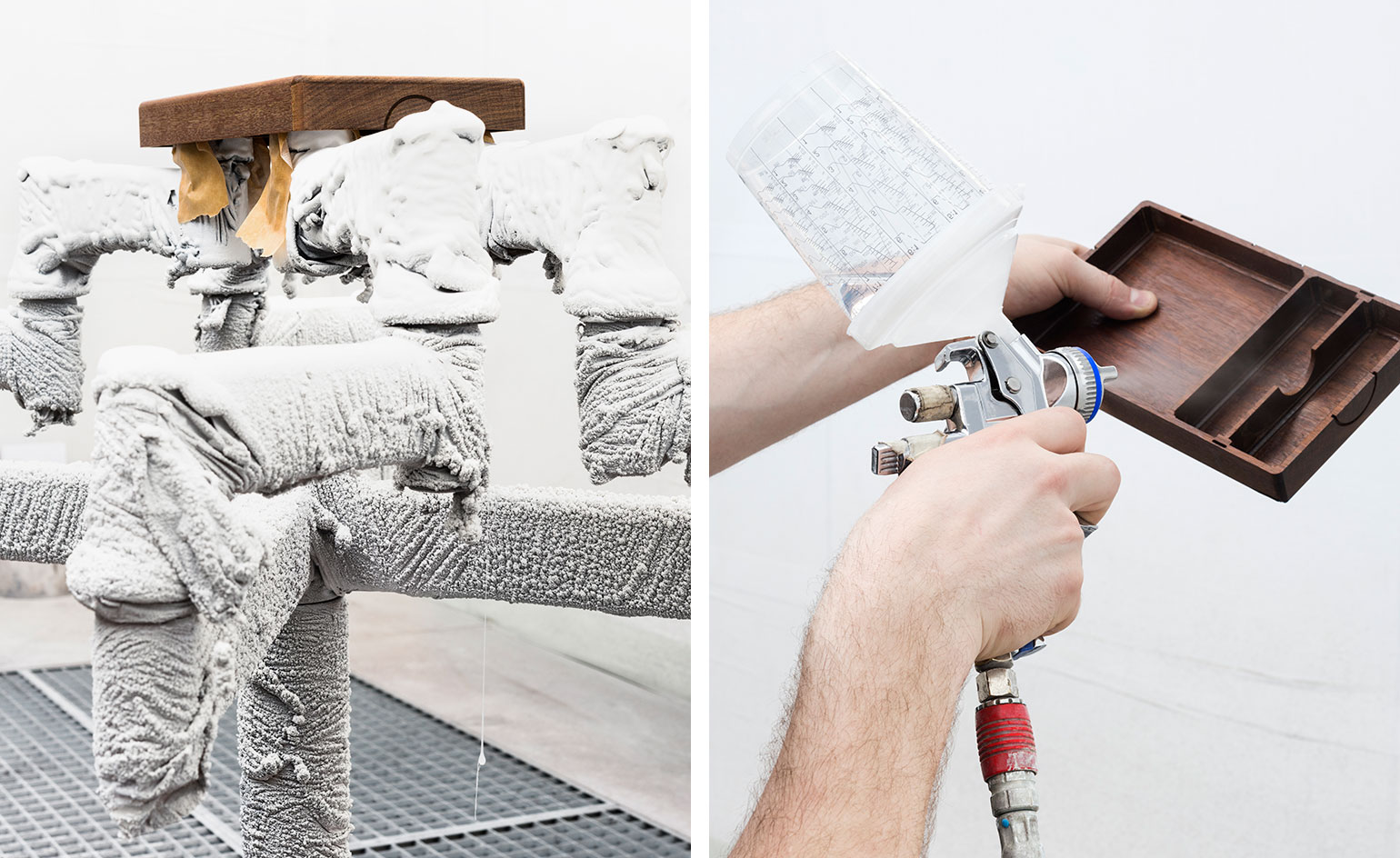
Left, the treasure box in the sealed, temperature-controlled finishing department. Right, laquering the box.
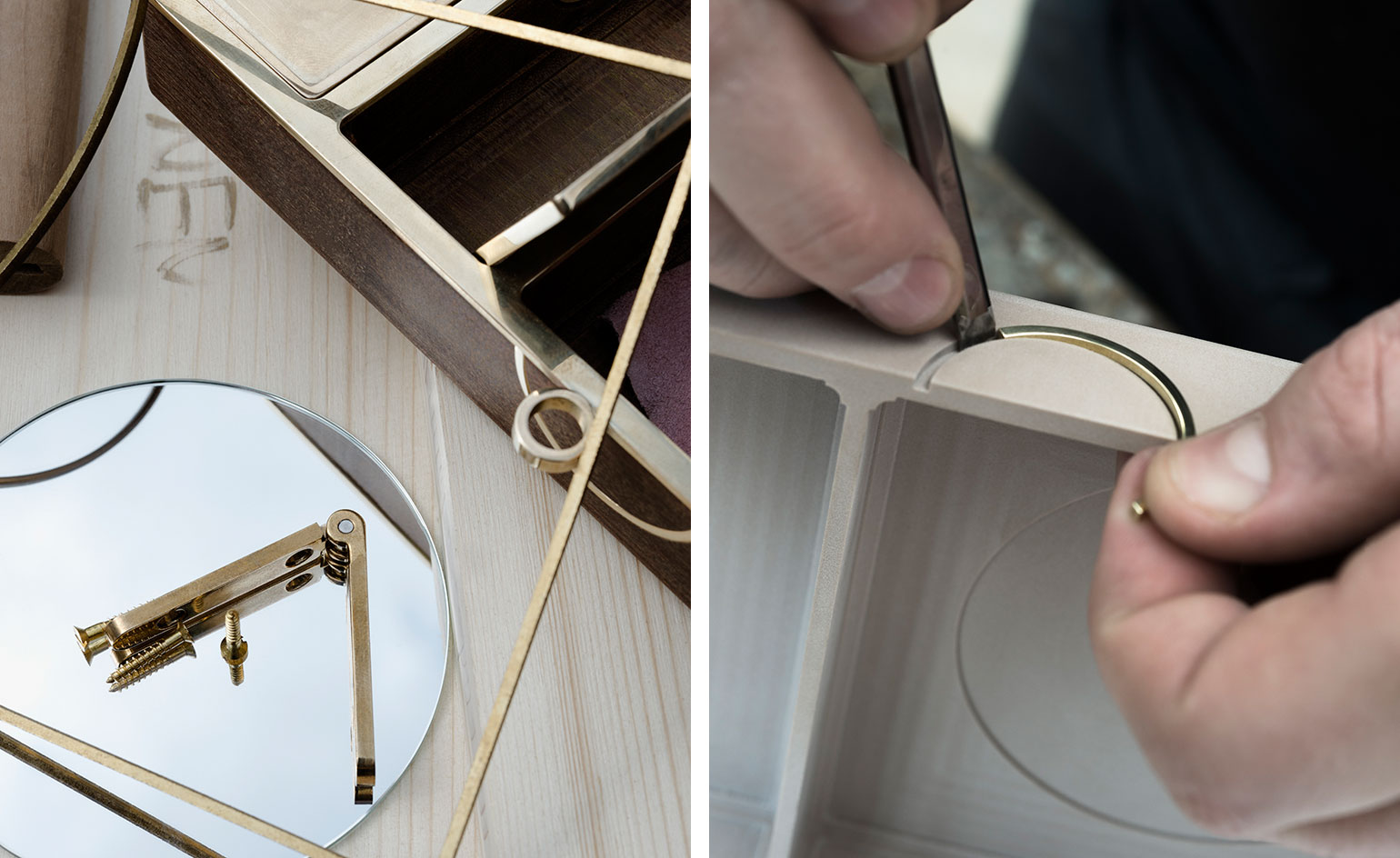
Left, the gold ornaments and mirror that will be used to embellish the box. Right, inserting the gold inlay around the clasp.
INFORMATION
Receive our daily digest of inspiration, escapism and design stories from around the world direct to your inbox.
For more information, visit the RDAI website and the Lanserring website
TF Chan is a former editor of Wallpaper* (2020-23), where he was responsible for the monthly print magazine, planning, commissioning, editing and writing long-lead content across all pillars. He also played a leading role in multi-channel editorial franchises, such as Wallpaper’s annual Design Awards, Guest Editor takeovers and Next Generation series. He aims to create world-class, visually-driven content while championing diversity, international representation and social impact. TF joined Wallpaper* as an intern in January 2013, and served as its commissioning editor from 2017-20, winning a 30 under 30 New Talent Award from the Professional Publishers’ Association. Born and raised in Hong Kong, he holds an undergraduate degree in history from Princeton University.
-
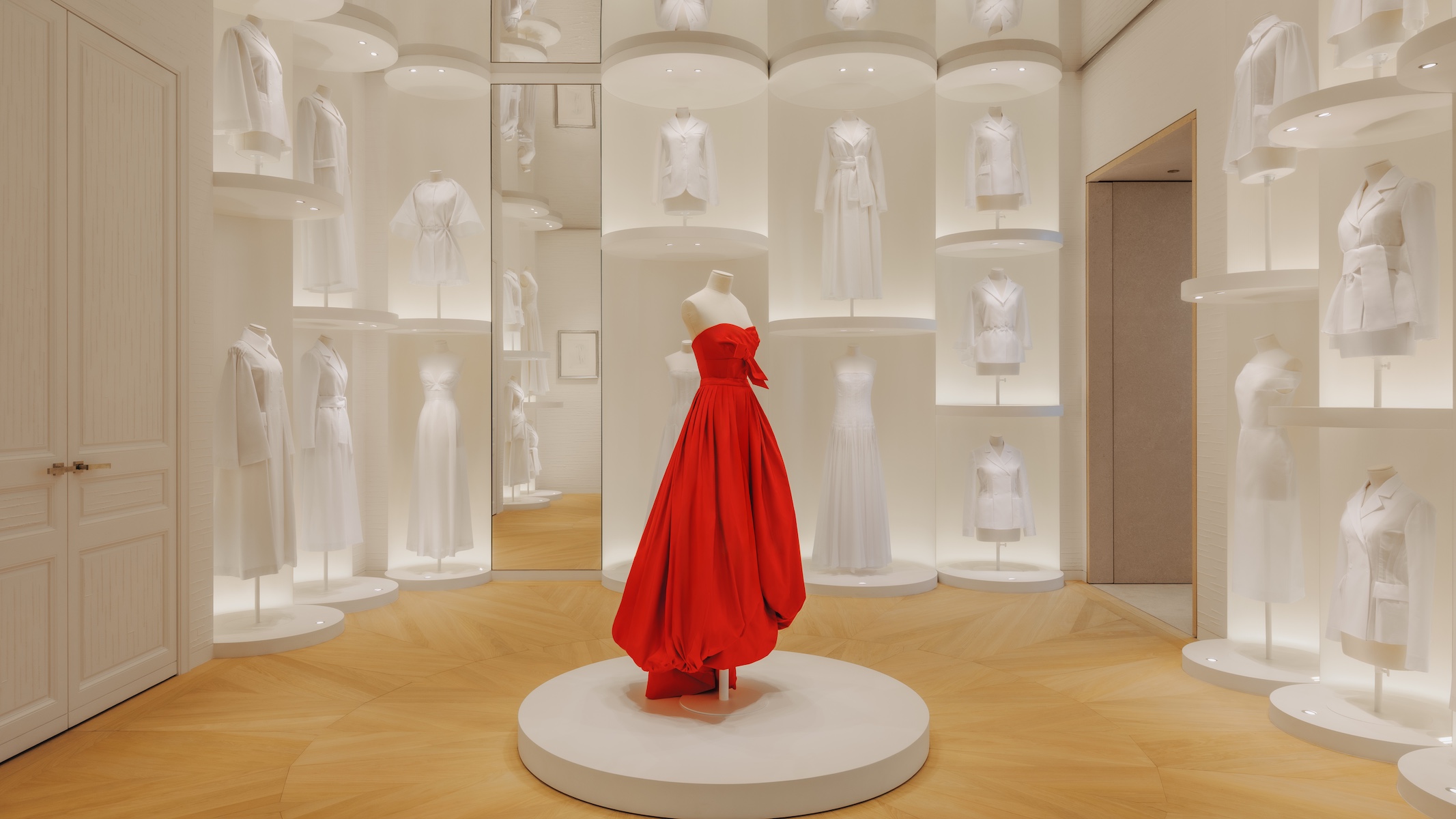 Inside Christian de Portzamparc’s showstopping House of Dior Beijing: ‘sculptural, structural, alive’
Inside Christian de Portzamparc’s showstopping House of Dior Beijing: ‘sculptural, structural, alive’Daven Wu travels to Beijing to discover Dior’s dramatic new store, a vast temple to fashion that translates haute couture into architectural form
-
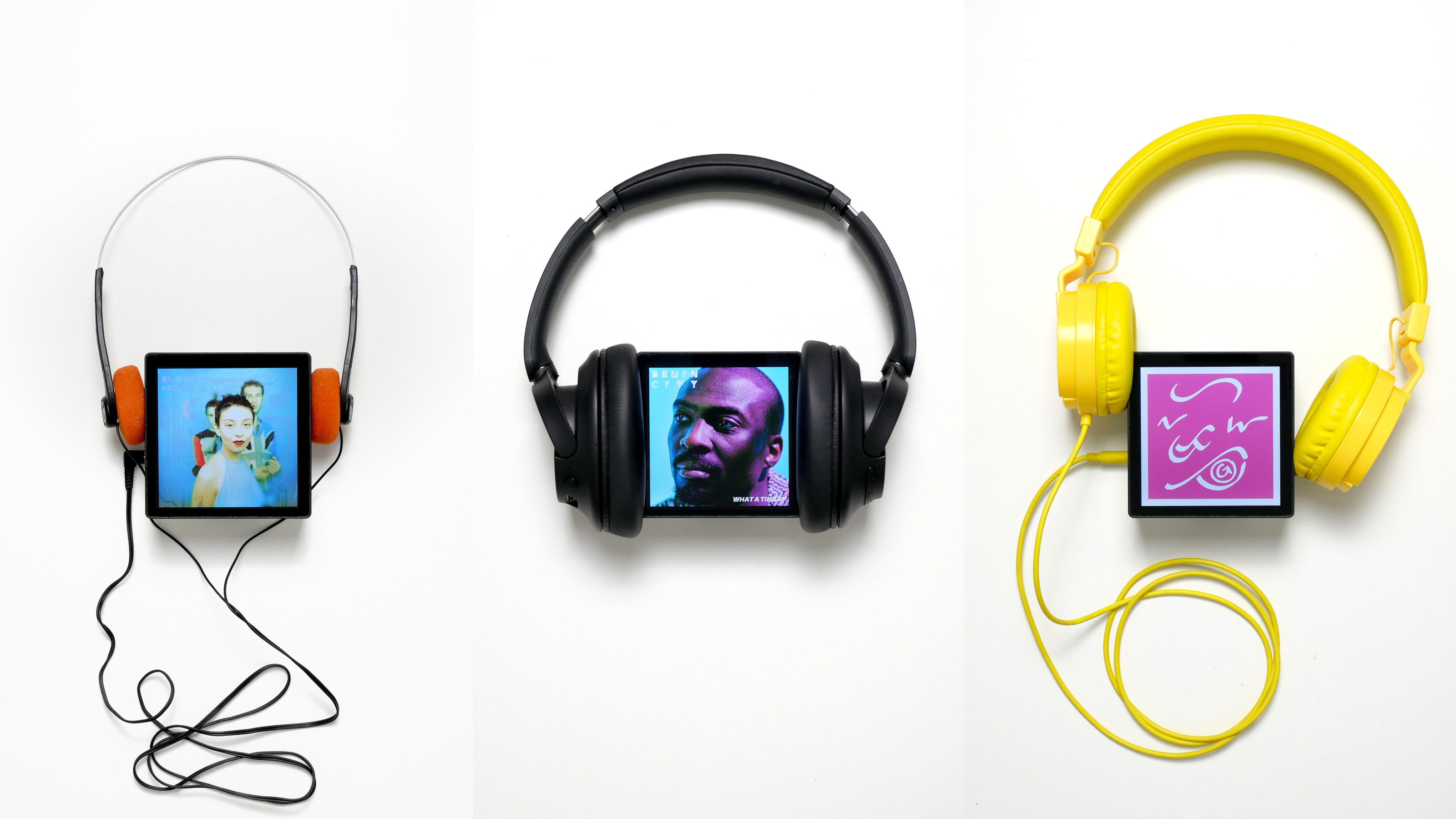 A music player for the mindful, Sleevenote shuns streaming in favour of focused listening
A music player for the mindful, Sleevenote shuns streaming in favour of focused listeningDevised by musician Tom Vek, Sleevenote is a new music player that places artist intent and the lost art of record collecting at the forefront of the experience
-
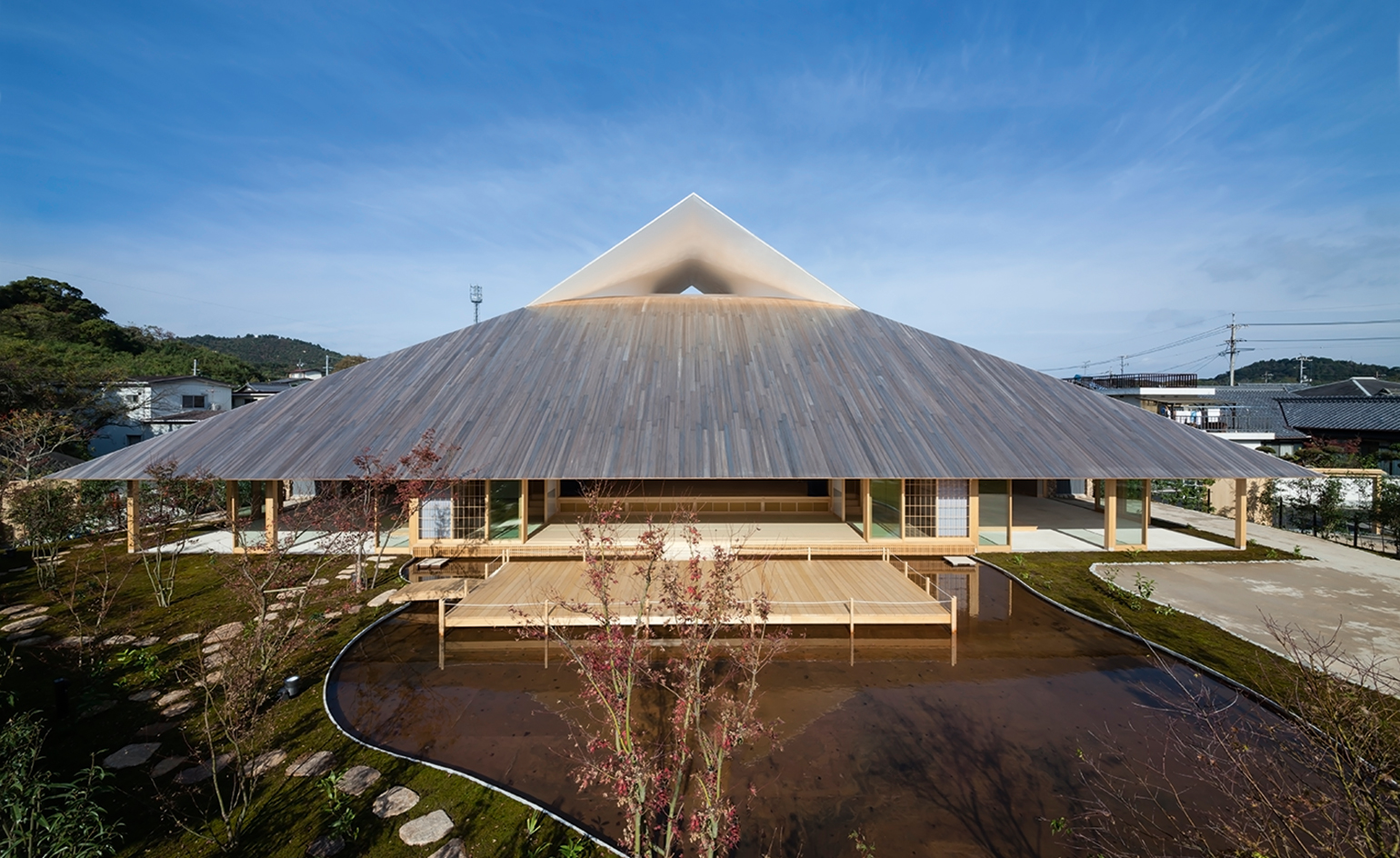 Take a tour of the 'architectural kingdom' of Japan
Take a tour of the 'architectural kingdom' of JapanJapan's Seto Inland Sea offers some of the finest architecture in the country – we tour its rich selection of contemporary buildings by some of the industry's biggest names
-
 ‘Locally anchored and globally conversant’: Salone del Mobile debuts in Saudi Arabia
‘Locally anchored and globally conversant’: Salone del Mobile debuts in Saudi ArabiaSalone del Mobile lands in Riyadh (26-28 November 2025), bringing its creative and manufacturing know-how to one of the world’s fastest-growing markets and setting the stage for Italo-Saudi design relations
-
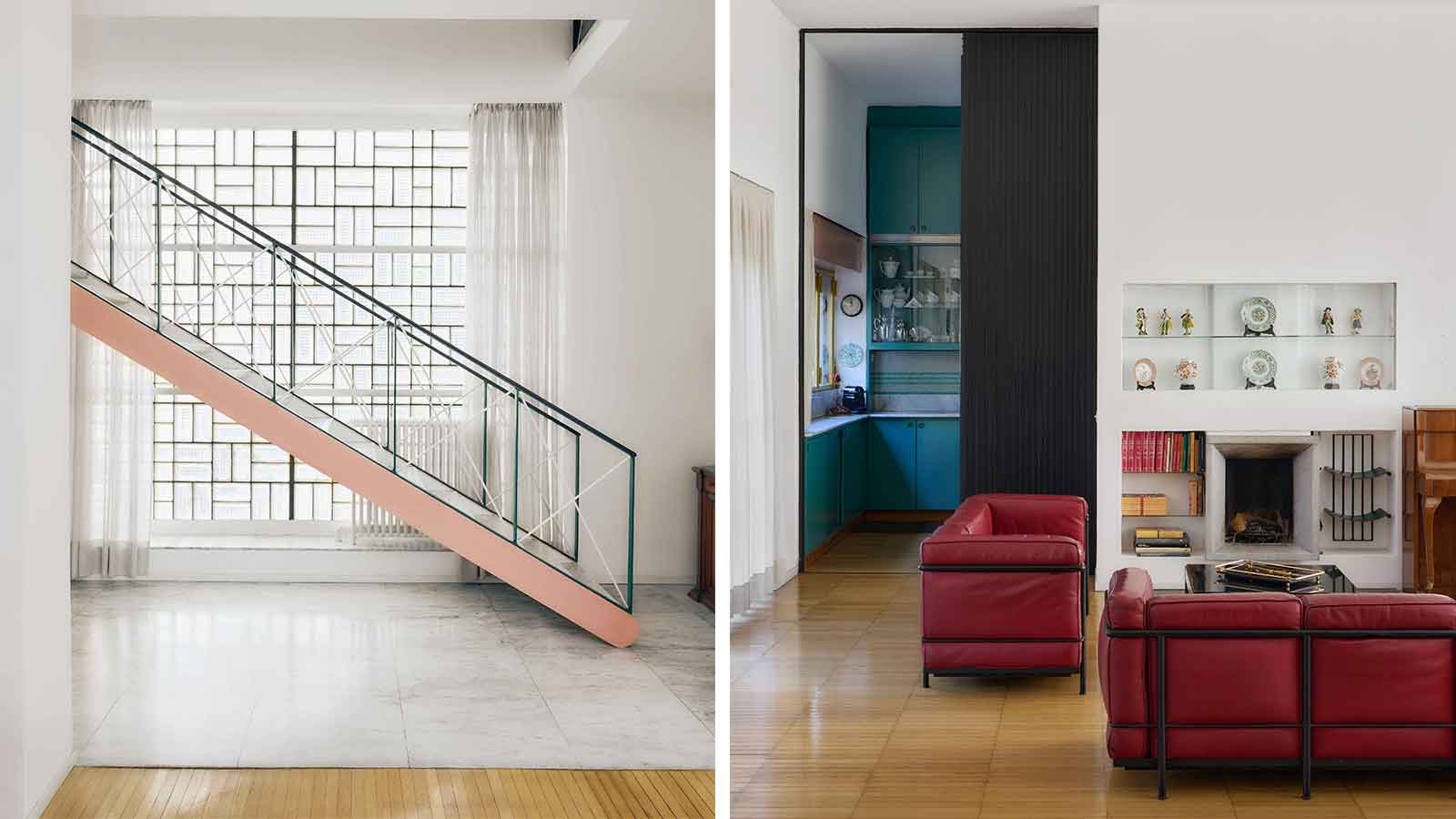 Alcova 2026 locations include a Rationalist gem and an abandoned church
Alcova 2026 locations include a Rationalist gem and an abandoned churchAlcova returns for an 11th edition in 2026 (20-26 April), once again opening up two exclusive Milanese locations, the Baggio Military Hospital and Franco Albini's Villa Pestarini
-
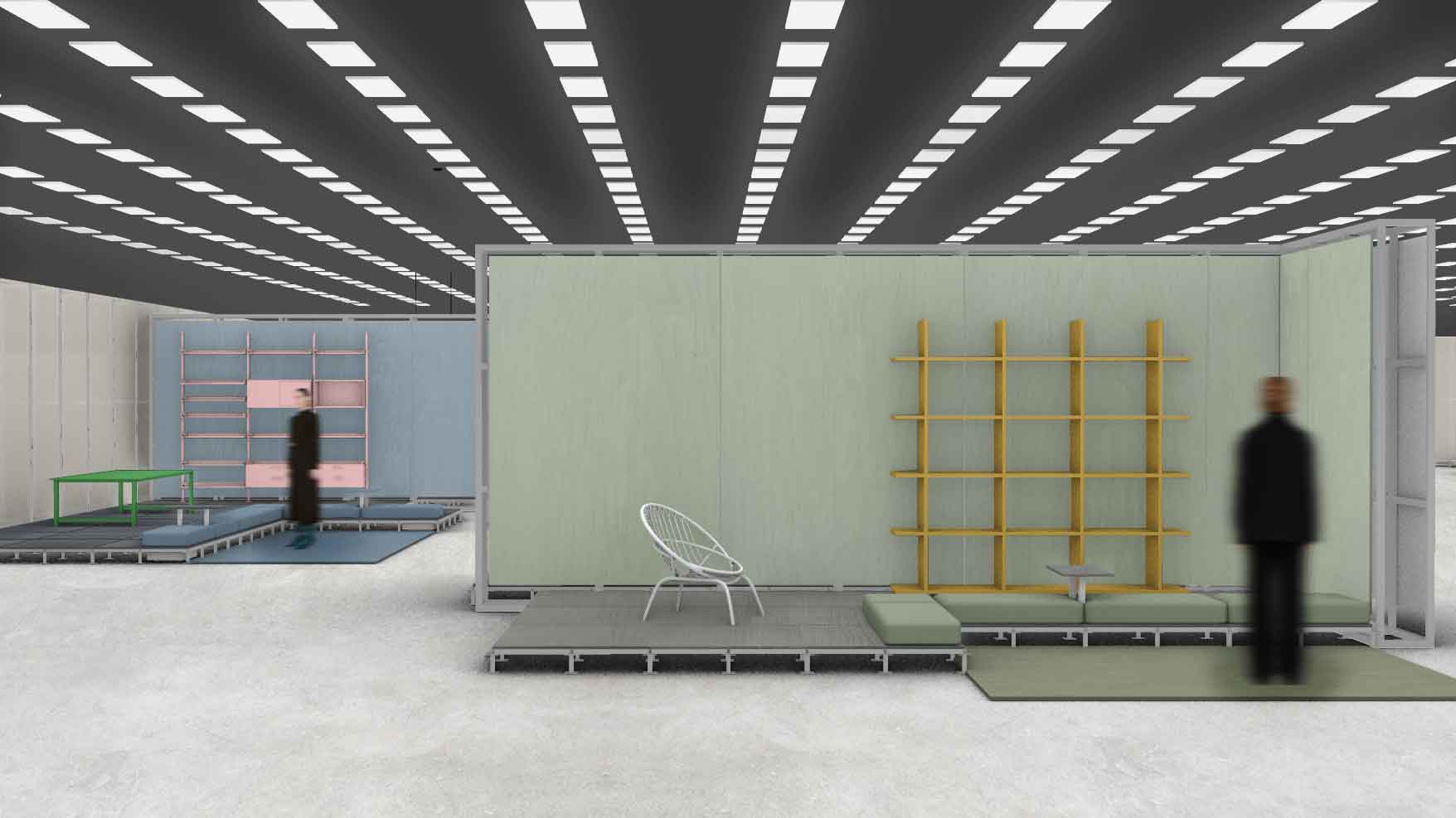 Salone del Mobile 2026 will embrace collectible design with Salone Raritas
Salone del Mobile 2026 will embrace collectible design with Salone RaritasSalone del Mobile has Salone Raritas, a new exhibition space at the fair (21-26 April 2026), curated by Annalisa Rosso and designed by Formafantasma
-
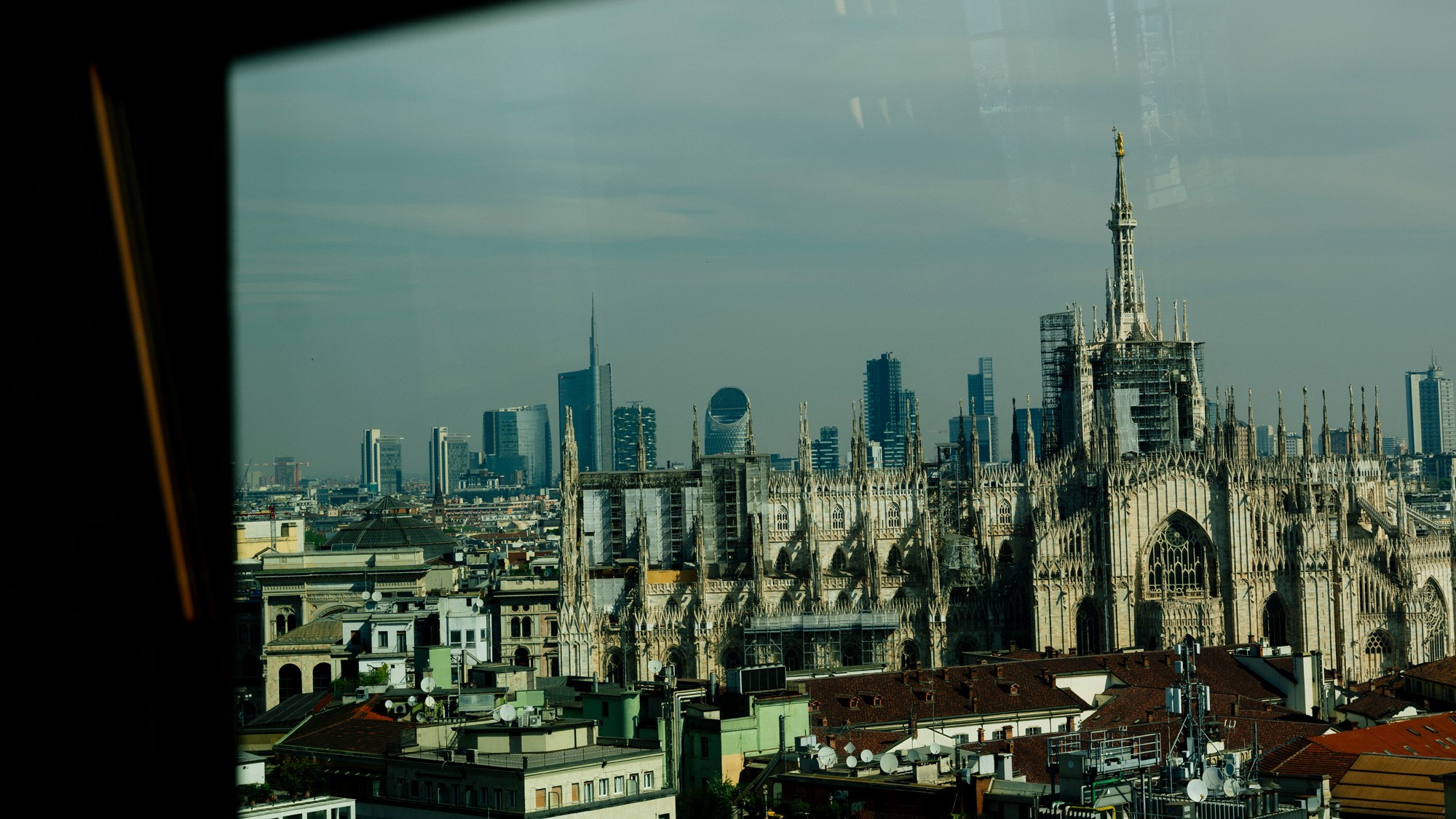 O Milano! Design's epic annual spectacle in photos
O Milano! Design's epic annual spectacle in photosCall us biased, but we believe that Milan Design Week is, at this moment in time, the greatest show on earth
-
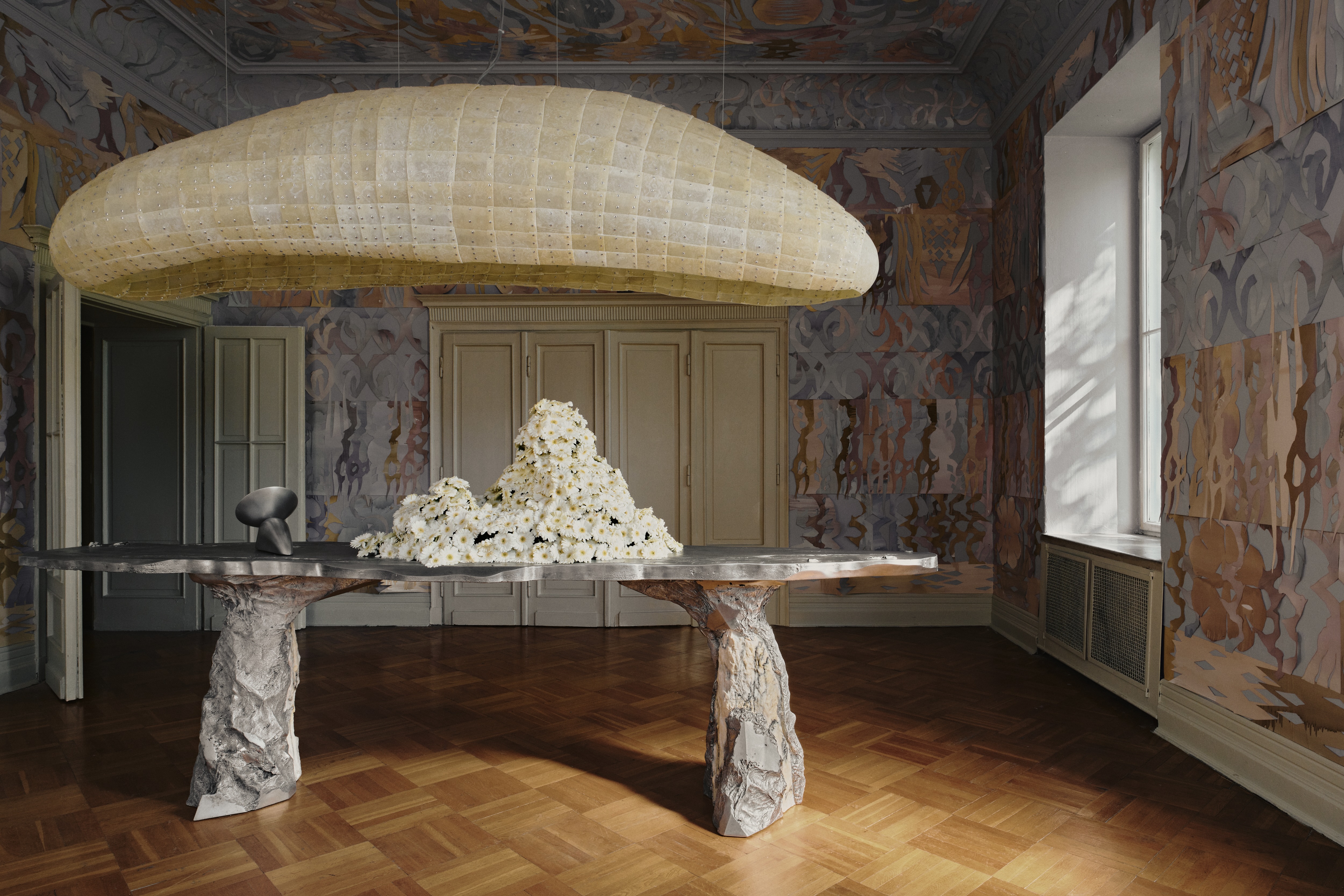 ‘Romantic brutalism’ rethinks Polish craft
‘Romantic brutalism’ rethinks Polish craftAn exhibition in Warsaw gives local makers their due, looking inside the burgeoning world of Polish design
-
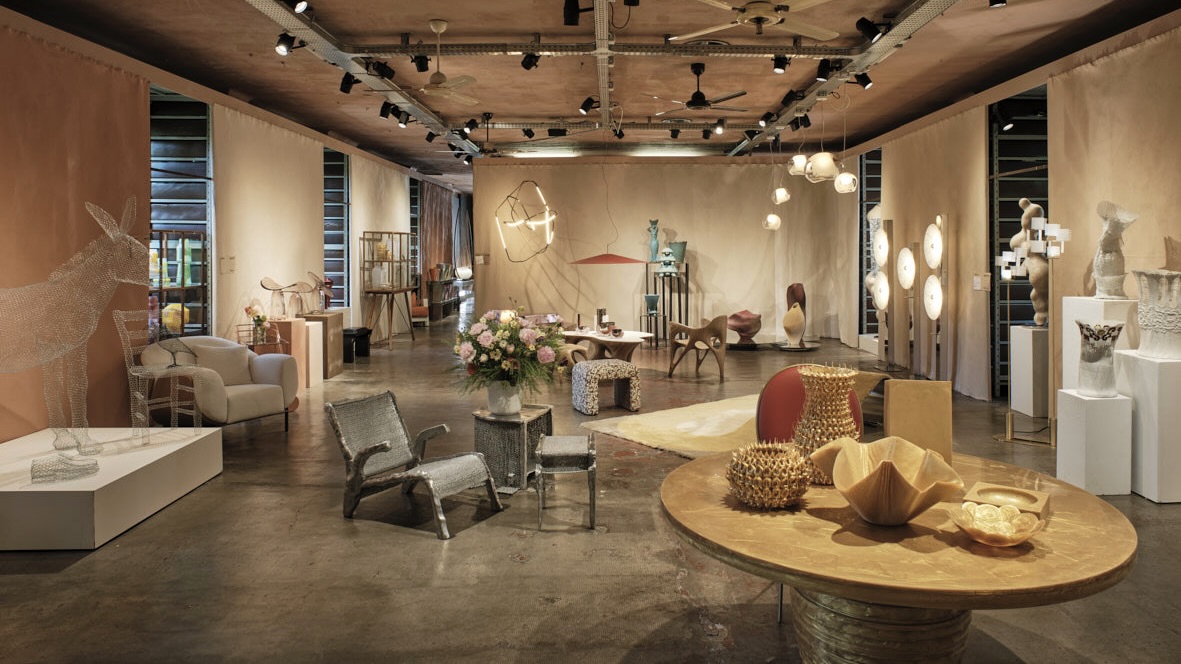 Eight designers to know from Rossana Orlandi Gallery’s Milan Design Week 2025 exhibition
Eight designers to know from Rossana Orlandi Gallery’s Milan Design Week 2025 exhibitionWallpaper’s highlights from the mega-exhibition at Rossana Orlandi Gallery include some of the most compelling names in design today
-
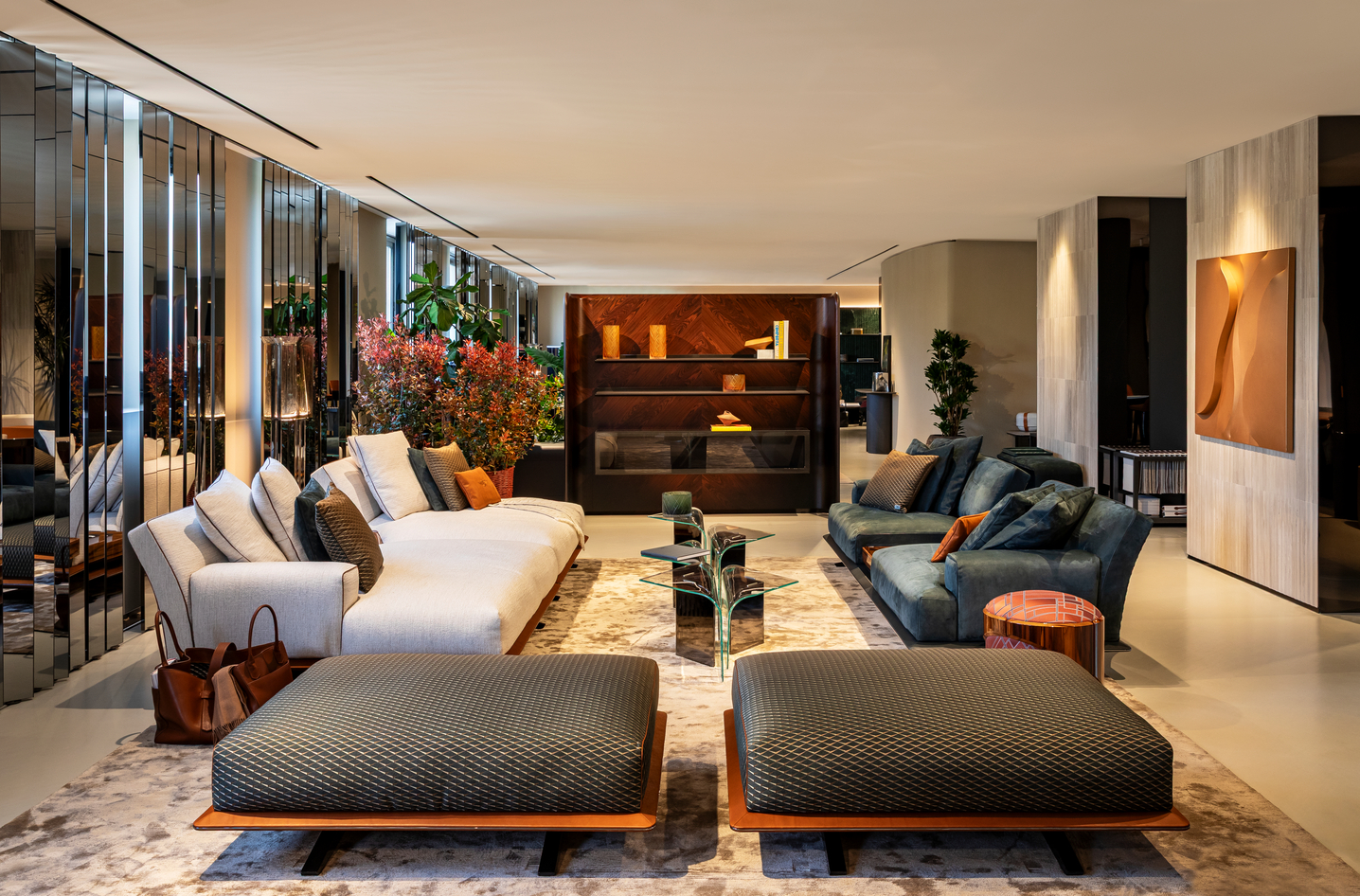 Bentley’s new home collections bring the ‘potency’ of its cars to Milan Design Week
Bentley’s new home collections bring the ‘potency’ of its cars to Milan Design WeekNew furniture, accessories and picnic pieces from Bentley Home take cues from the bold lines and smooth curves of Bentley Motors
-
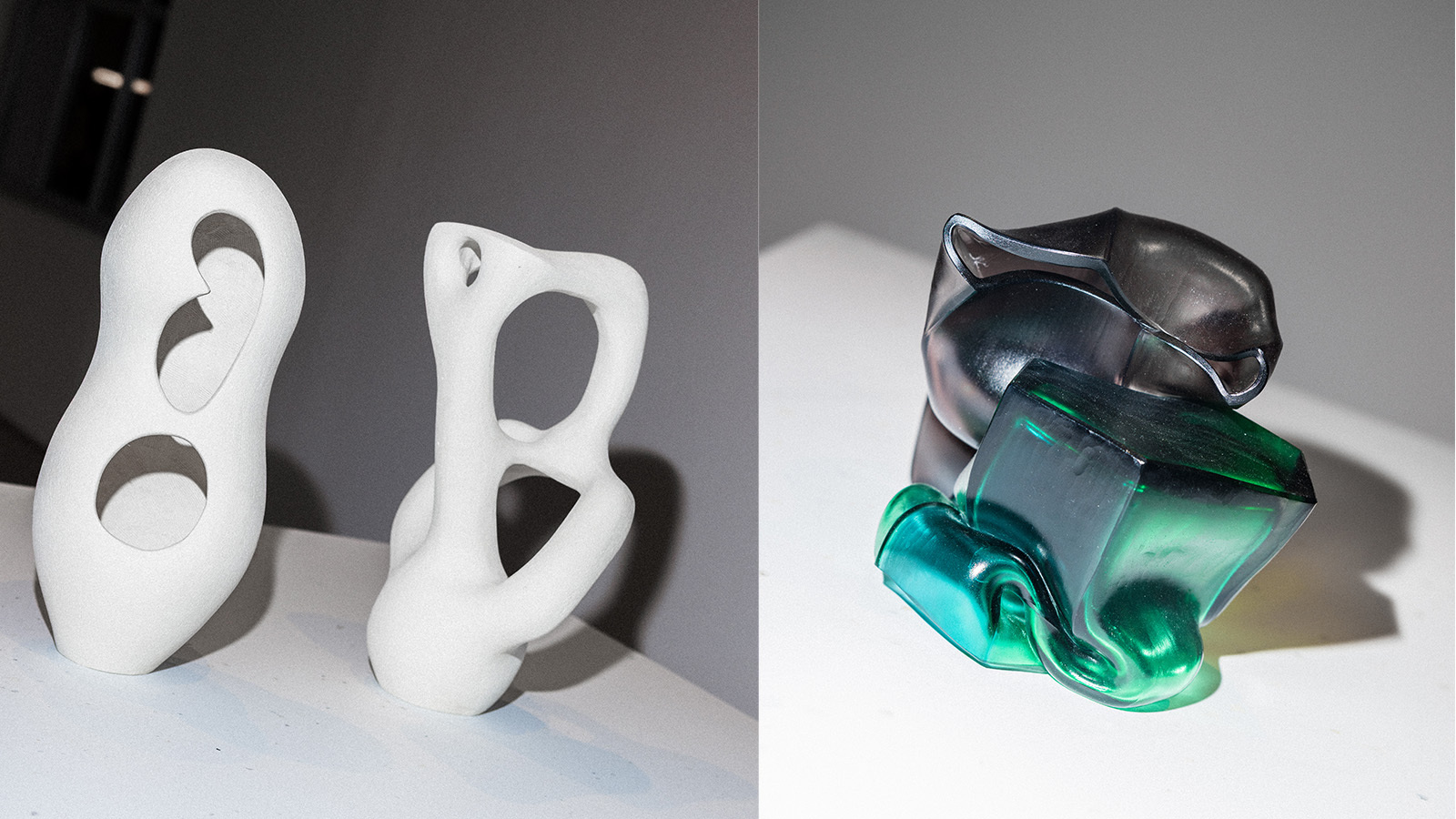 StoneX partners with Wallpaper* for material alchemy at Milan Design Week and beyond
StoneX partners with Wallpaper* for material alchemy at Milan Design Week and beyondThe natural stone purveyor teams up with Wallpaper* for a three-year partnership of material adventures, starting with an exhibition at Triennale di Milano